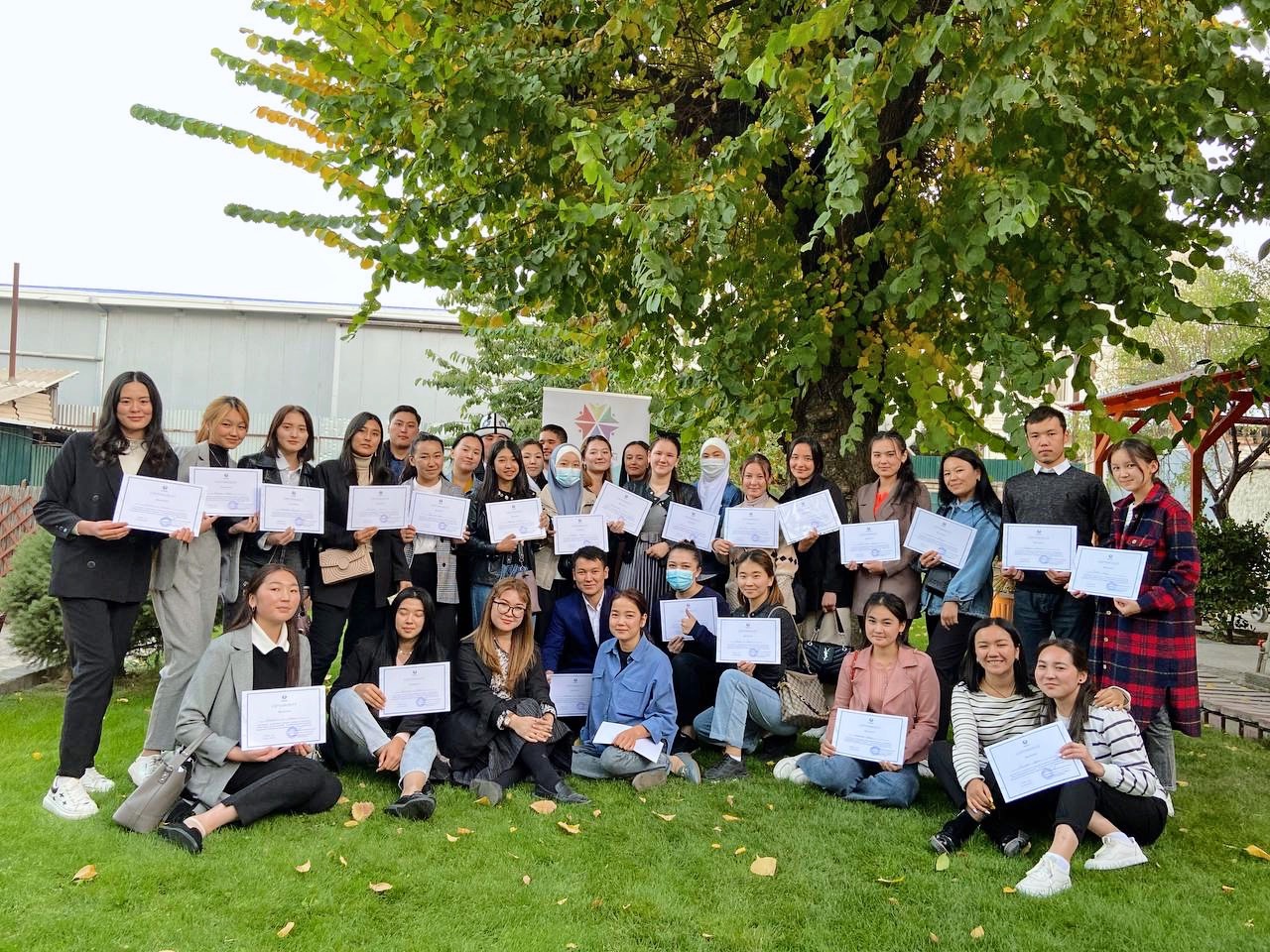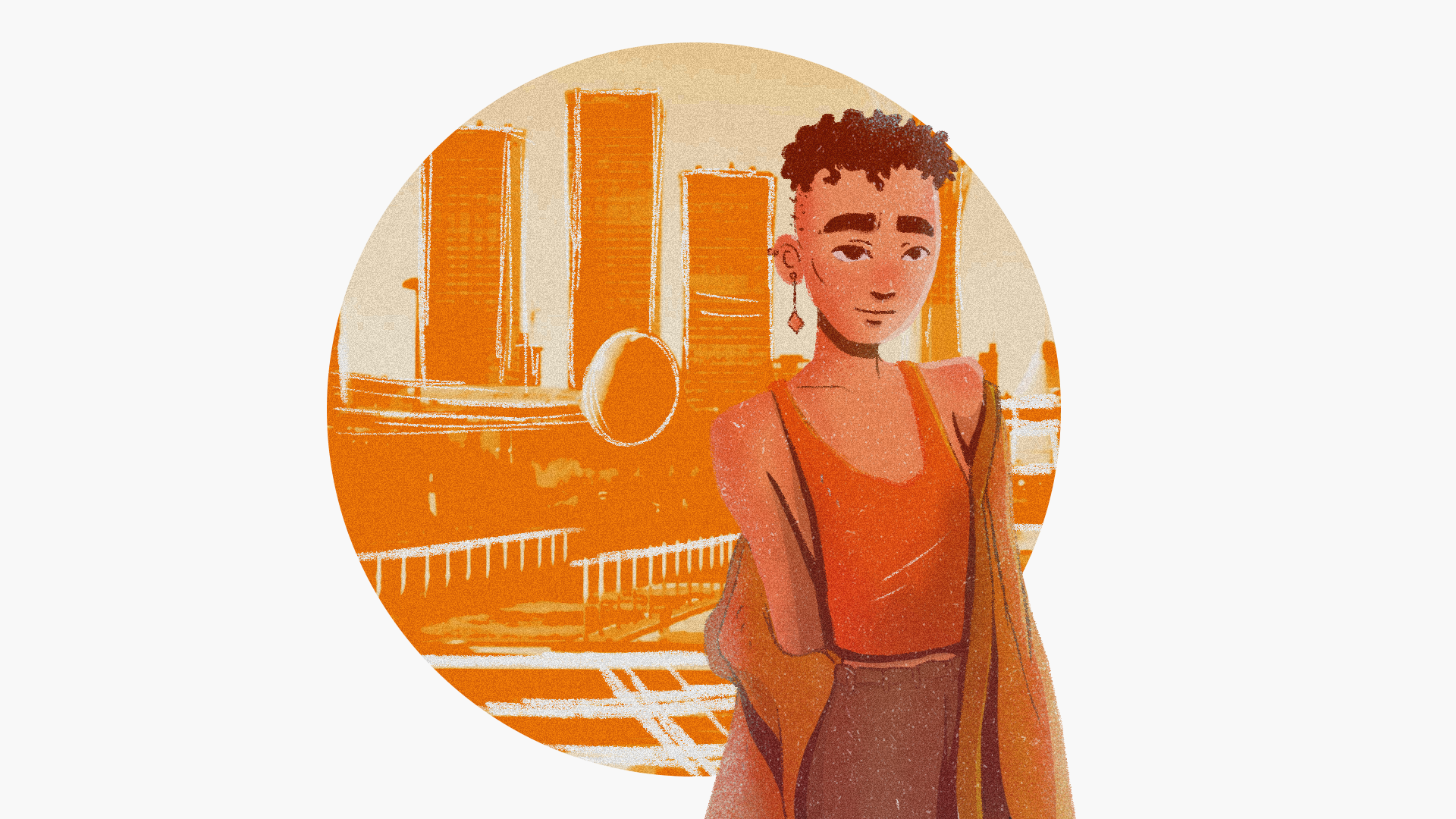For several years, Centralasiengrupperna has closely cooperated with our partner organization Novi Ritm in Southern Kyrgyzstan to promote active and meaningful participation of young people in the civil society sector. CAG has supported Novi Ritm in the implementation of activities that aim to increase the capacities of young people to influence their own lives and the lives of the communities they come from. One of the goals of the running project with Novi Ritm is to create equal education opportunities for young people and to inform local youth about their civil rights. This blogpost is dedicated to the most...
Securing wetland ecosystems of Son-Kul Lake in the Kyrgyz Mountains
Since March 2022, CAG together with the Institute for Sustainable Development Strategy (ISDS), our partner organization in Kyrgyzstan, is implementing a project “Securing wetland ecosystems of Son-Kul Lake in the Kyrgyz mountains”. The main goal of the project is to support the rights and strengthen the capacities of local communities to protect and manage wetlands and natural resources of the Son-Kul basin of the Naryn region. Context: Son-Kul Lake is an alpine freshwater lake located at an altitude of 3016 m above sea level in the Inner Tien Shan. Since 2011, the lake has been included in the International...
Migrant children in Russia: how CAG’s partner works to integrate children into society
Centralasiengrupperna actively works within the thematic fields of gender, democratic youth organizing, climate, conflict transformation and provides capacity-building activities for partner organizations from Central Asia as well as partners from Russia that closely work with Central Asia. Russia remains the main destination for immigrants from all over the former Soviet Union, especially for people from Central Asia who migrate to Russia every year in search of work. 145,000 people from Central Asian became full-fledged citizens of the Russian Federation in 2020. The research of the Higher School of Economics shows that there are more than 60 000 of immigrant...
Pathways of Change – How Partners Envision the Future
During summer 2020, CAG ran several workshops on Methodology Development with civil society organizations from Central Asia. The workshops in Kyrgyzstan took place in person, while the workshops with organisations in Uzbekistan and Tajikistan were held online. The organizations were chosen based on their area of focus, which was in line with one or more of CAG’s thematic areas democratic youth organizing, gender equality, climate and environment as well as conflict transformation. The workshop data, together with data from three environmental organizations that a board member collected during a study visit to Central Asia in March 2020, was analyzed...
Stepping stones towards Youth Participation – implementing United Nations Security Council Resolution 2250 in Central Asia [explainer clip]
There are numerous factors affecting peace and security in Central Asia. Arbitrary borders drawn during the Soviet era have resulted in natural resources, such as water, being disproportionately split between the Central Asian countries. Such a division has given rise to several cases of conflicts and political tension in the area. The region’s countries have since their independence in 1991 found themselves in national political turmoil on various occasions, as well as international influence from Russia and China affecting the ways the different countries are run. This volatile environment means young people in Central Asia are currently facing...
Civil Society in Central Asia [explainer clip]
What makes democracy work? The amount of literature written in an attempt to answer this question is vast. Many conclude that there is no way of finding a single answer, but the common perception is that civil society is an integral part of a functional democracy. Thus, after the collapse of the Soviet Union, the international community encouraged countries in Central Asia to develop strong, representative, and inclusive civil society to smooth the transition from totalitarian to democratic regimes. However, three decades later, civil society in Central Asia did not form itself as expected. Every country in...
Role Play Game: LGBTQ, climate and mental health in Central Asia
Central Asia Solidarity Groups have launched a new digital role-play game on human rights issues in Central Asia. The plot of this interactive game is built around storylines and different case studies which present players with background information about the topic. There are four storylines representing particular groups and their struggles: LGBTQ+ person from rural area Female eco-activists Non-binary persons Persons with mental illnesses Through the game the participants put themselves in the shoes of an assigned character and make decisions based on the given options and context, once they reach the final destination they will be provided with...
Central Asia and Migration: a Look into the Largest Migration Flow in Eurasia [explainer clip]
In today’s world, human migration is a global concern. Migration can be defined as a process of moving from one location to another for economic, socio-demographic, cultural and historical, infrastructural and geographic and political factors. In other words, migration is one of the strategies people use in response to various societal turn of events. In this globalized world, the US, the United Arab Emirates, Canada, and countries of European Union attract people from all over the world who are in search of better life opportunities and/or who are in need of a safe refuge outside of their places of...
Women’s Rights in Central Asia
107. What does this number stand for? As the Global Gender Gap Report for 2020 admits, this number represents the number of years needed for Central Asia and Eastern Europe to achieve gender equality. In this report, we can find the global gender equality rankings of three Central Asian countries: out of 153 countries, Kazakhstan placed at 72nd place, Kyrgyzstan at #93 and Tajikistan at #137. This begs the question: why have these countries scored so poorly in terms of gender equality? What is the general state of women’s rights in the region? This video will discuss the...
Strategic Resource Fund
Strategic Resource Fund Central Asia Solidarity Groups have launched the Strategic Resource Fund to support civil society actors in Central Asia. It aims to provide resources for civil society actors in Central Asia for strategic interventions in their respective contexts. The fund primarily focuses on financial resources, but can also provide various forms of capacity building, international networks, and partnerships, long-term funding schemes etc. An applicant has to meet the following criteria have to be fulfilled for applicants and ideas to be eligible: 1. Level of strategic relevance. As the name of the fund makes clear, the strategic component is...





